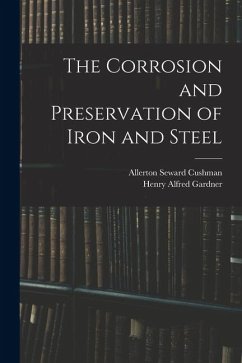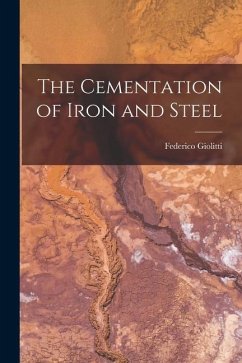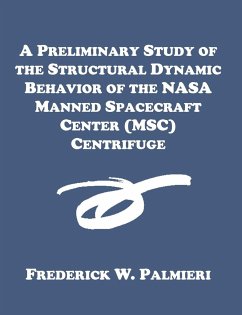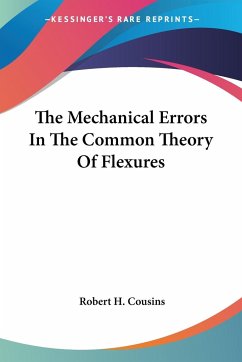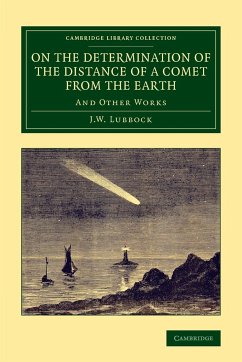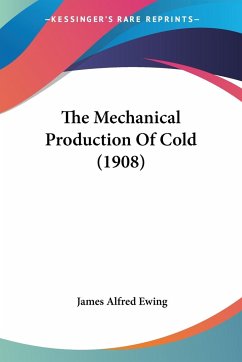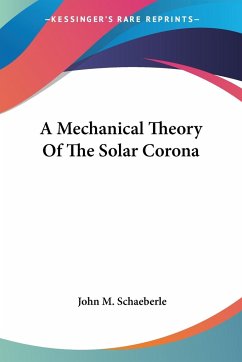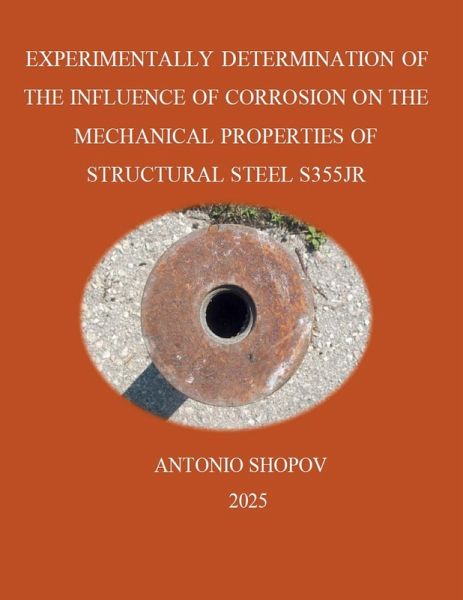
¿XPERIMENTALLY DETERMINATION OF THE INFLUENCE OF CORROSION ON THE MECHANICAL PROPERTIES OF STRUCTURAL STEEL S355JR
Versandkostenfrei!
Versandfertig in 1-2 Wochen
122,99 €
inkl. MwSt.

PAYBACK Punkte
61 °P sammeln!
Responsible structures with civil and industrial applications are simultaneously subjected to corrosion and mechanical stress. Over time, the strength and deformation characteristics of steels deteriorate. In a number of countries, losses from corrosion are too great. The ability to use corroded steel as the main load-bearing element in steel structures leads to a reduction in the use of useful resources, directly affects climate change and is environmentally friendly. The ability to determine at what point in time a given main steel element with corrosion does not meet regulatory requirements...
Responsible structures with civil and industrial applications are simultaneously subjected to corrosion and mechanical stress. Over time, the strength and deformation characteristics of steels deteriorate. In a number of countries, losses from corrosion are too great. The ability to use corroded steel as the main load-bearing element in steel structures leads to a reduction in the use of useful resources, directly affects climate change and is environmentally friendly. The ability to determine at what point in time a given main steel element with corrosion does not meet regulatory requirements leads to significant optimization of the operational resource, the ability to prevent accidents, advance planning of repair activities, and more. The book examines issues that provide insight into corrosion as a process of steel destruction due to the impact of aggressive factors. It is structured in in five chapters. In Chapter I of the book, a comprehensive literature review of the types of corrosion processes is made, as well as a classification of the corrosion effect on steels. The chapter ends with summary. In Chapter II, the materials used and their manufacturers are shown, as well as the methods of testing. In Chapter III, an experimental part is carried out, which examines: the test specimens, their dimensions, material, number and chemical composition. They are divided into groups that are subjected to corrosion for different times, after which they are tested and the results are compared with those of uncorroded test specimens. All results are summarized in tables and diagrams, and a microstructural study with the relevant conclusions is also made. In Chapter IV, a modern model for predicting the influence of corrosion on the mechanical properties of steel is shown and illustrated, and corresponding dependencies in the form of equations are established. The final chapter deals with the issue of the practical applicability of the research and its public benefit.



